Different types of welding methods have emerged since the 19th century. While some of the earlier methods have disappeared, the recent ones are evolving. Thanks to technology, a wide range of welding methods are getting better. Both in terms of efficiency and cost-effectiveness.
That said, each method differs in the use of material and approach. Therefore, it is essential to understand which welding technique will suit a particular job. We have already explained what is welding.
So we move on to describe different types of welding methods in brief. Read on to discover from the oldest (still popular) to the latest methods.
Here are 15 Different Types of Welding Processes
1. Shielded Metal Arc Welding (Stick Welding)
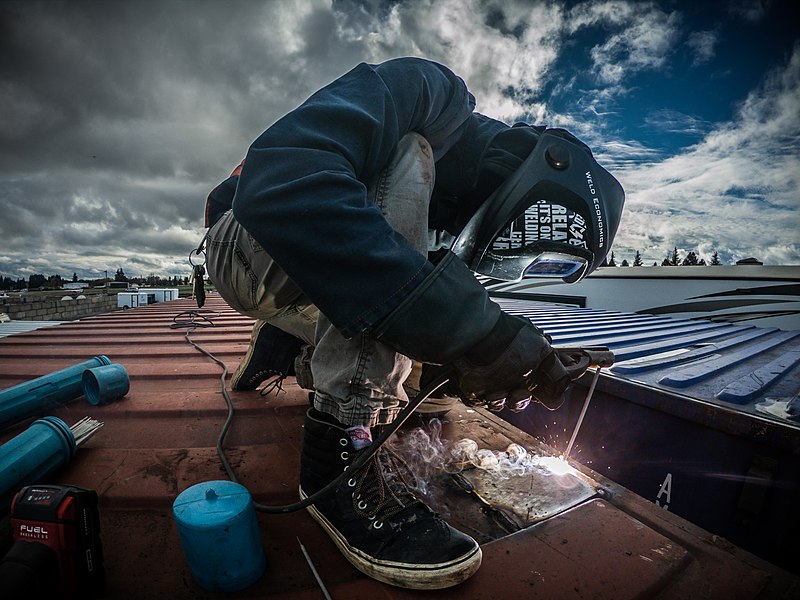
Shielded metal arc welding is a manual technique. It involves a consumable electrode covered with flux which deposits the weld. Further, a filler helps in joining two pieces of metal. The flux protects the molten metal of the weld. The production of electric arc happens either through DC or AC.
Although this method is old, it is popular even today. Because the cost and equipment required are very low. But there are certain downsides. Sometimes, porosity, shallow penetration and cracking impact the quality of the weld.
Besides, it is also susceptible to extreme weather conditions. It is applicable in areas including plumbing, refrigeration, construction, automotive and repair work.
2. Gas Metal Arc Welding (Metal Inert Gas Welding or MIG)

Gas metal arc welding process is a bit evolved than stick welding. The method fuses two pieces of metal with a wire connected to an electrode current. Inert gas shields the wire electrode which heats up the two metals to form the joint. A constant voltage is important to achieve welding this process.
MIG is extensively used in industrial welding. Thanks to its ease of use and the level of accuracy required for an operator to achieve a good weld. But the process is sensitive to elements like wind, rain, and dust. So, the operator needs to fine-tune the voltage accordingly. It is typical to construction, plumbing, robotics, and maritime industry.
Going further, MIG has evolved to produce arc welding through magnetic fields. This welding process is known as magnetic arc welding. Although the equipment is expensive, the results are aesthetically pleasing.
3. Gas Tungsten Arc Welding (Tungsten Inert Gas or TIG)
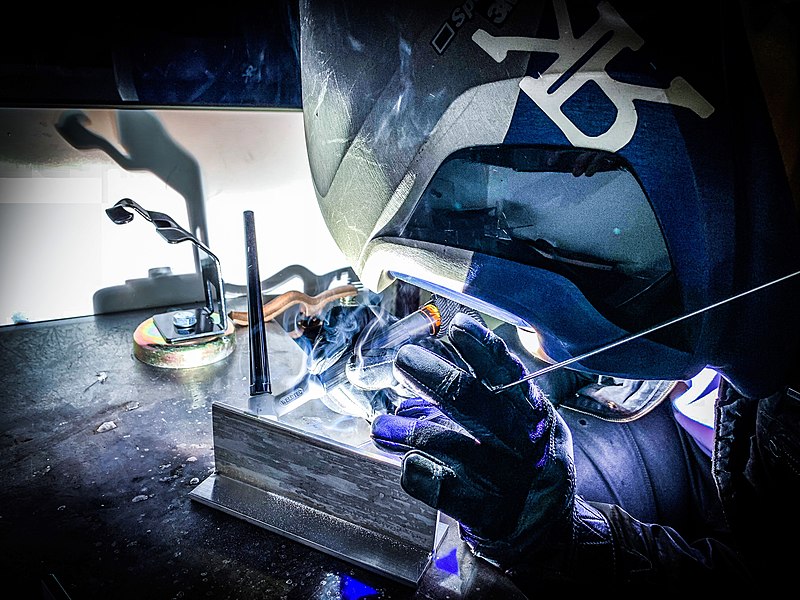
Out of different types of arc welding systems, TIG is the strongest. Major credit goes to the hard element tungsten which offers high purity and premium quality weld. The technique uses a non-consumable tungsten electrode and an inert gas (argon or helium). Current passes through electrode producing an arc that melts metal wire to create weld puddle.
TIG is a complex process calling for expertise. The final result depends on certain factors. These include cleanliness, operator skills, material quality and external factors like grit or rust. Vehicle manufacturing, bicycles, tubing, repair of tools are some common applications.
4. Electroslag Welding (ESW)
Electroslag welding is an efficient, single-pass technique usually applicable to nonferrous metals. It involves the use of an electric arc struck by wire and then supplied to welding puddle. Then, a molten slag melts the filler metal and the surface of the workpiece.
The technique is implemented to weld thick metal pieces and demands a high level of skill. It is a common practice in the maritime and aerospace industry.
5. Flux-Cored Arc Welding (FCAW)
Flux-cored arc welding resembles MIG process to some extent. The difference is that this method uses a special tubular wire filled with flux. Moreover, considering the filler, shielding gas is not always required.
As the process is easy to operate and highly inexpensive, its use is widespread. The capability to accept a large number of fillers is another benefit. It is versatile and suitable for outdoor welding in windy conditions. But the only downside of the system is that the resulting welds are not always aesthetically attractive.
6. Submerged Arc Welding (SAW)
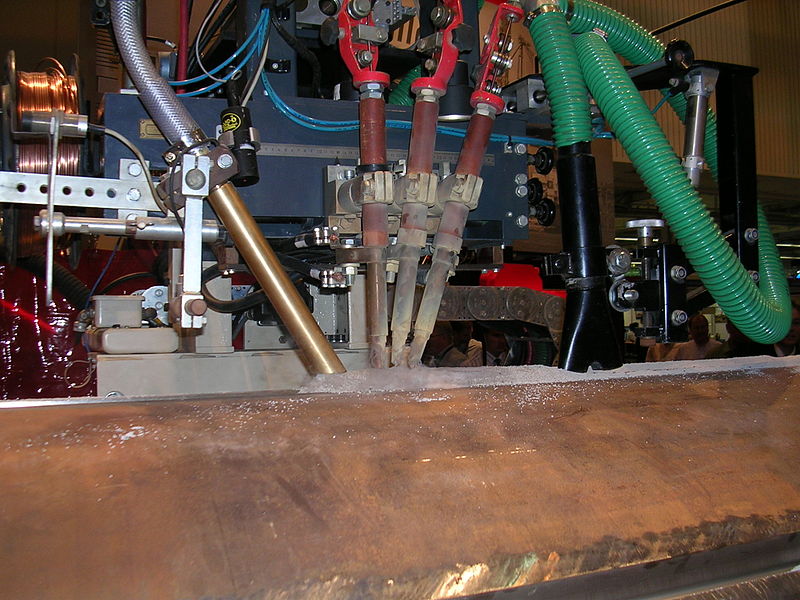
SAW is a common arc welding process which usually applies to ferrous steel and nickel-based alloys. The process emits minimal welding fumes and arc lights. Hence it is safer than most of the other types of welding processes. It requires the least preparation and is able to achieve efficient welds quickly.
As the name suggests, the welding is done beneath a blanket of granular fusible flux. The flux comprises silica, lime, calcium fluoride, manganese oxide among other compounds. When the flux heats up and it acts as a conductor between the welding material and electrode. As the entire process happens underneath the flux, the operator gets protection against UV and IR radiation.
7. Plasma Arc Welding
Plasma arc welding is similar to TIG welding. It comprises electrical current that passes through a minute nozzle traveling through the protective gases. This helps in maintaining accuracy while welding small areas.
This method is fit for heating metal at very high temperatures. Owing to this feature, deeper and stronger welds are possible. Its use is extensive in the aircraft manufacturing industry.
8. Oxy-Acetylene or Hydrogen Welding
In this type, a gas flame produces heat to melt the base and the filler. This forms a weld between two metals. Acetylene or hydrogen mixed with an equal proportion of oxygen is used. The method still exists in pipe and tube welding industry.
9. Air Acetylene Welding
This method is one of the least used among different types of welding processes. Here an oxyfuel gas welding uses air-acetylene flame. The application of the system happens without pressure.
10. Friction Welding
This method is interesting to watch. Here friction produces intense heat that quickly joins two metal pieces together. Thanks to its incredible mechanical properties that enable premium quality weld through friction. It works great for dissimilar metal fusion. For example between steel and aluminum.
11. Ultrasonic Welding
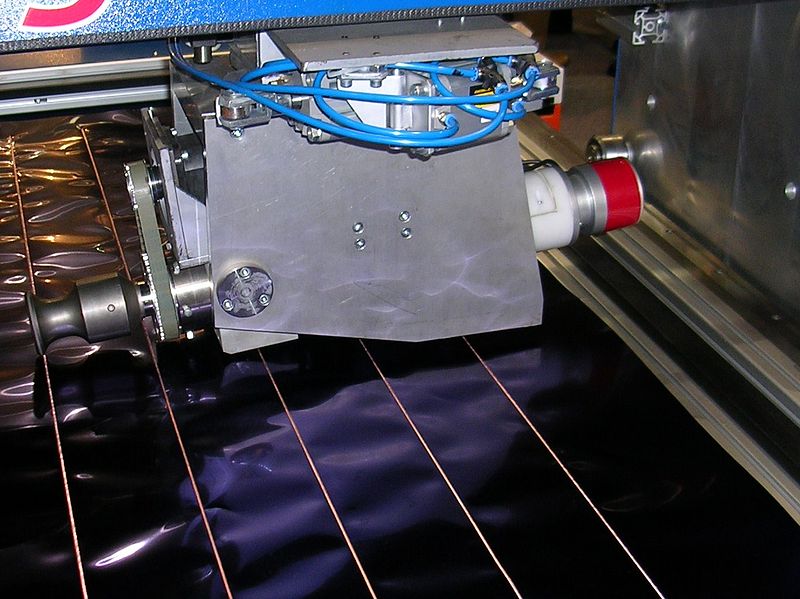
Ultrasonic welding uses high-frequency sound to oscillate the materials. This produces heat that is enough to fuse metals together. Here the welding head presses briefly against the surfaces being fused and creates localized welds. It is widely used in plastics and electronics and metals are seldom fused.
12. Explosive Welding
Explosive Welding employs explosive to compress one metal firmly against another. This causes the metals to join. The process is in demand in cladding sheet and tube material.
13. Energy Beam Welding (EBW)
In this particular system, welding happens in a complete vacuum. It uses a beam of high-velocity electrons that generate heat at the welding junction. This allows the metals to fuse together.
14. Laser Welding
This is one of the latest welding processes. It uses a laser generator that transmits laser light through a robotic cutting head to weld metal pieces. The light is transferred via fiber optic cable. Laser welding is often used for high-volume applications demanding extreme accuracy. These include medical and jewelry industries.
15. Robotic Welding
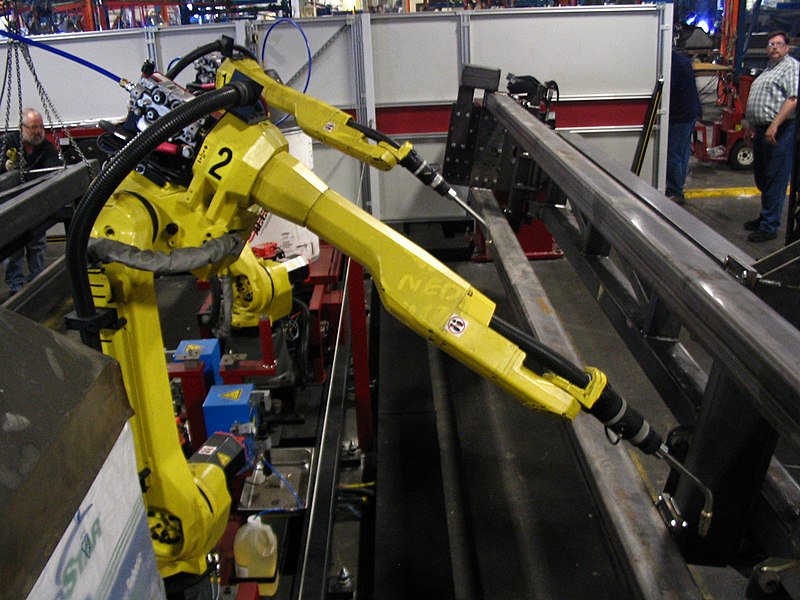
Robotic welding is a revolutionary change happening to steel fabrication and welding industry. The method uses automated robotic machines to accomplish the welding task. This comes as boon particularly for high-volume, repetitive welding tasks. Today, it is increasingly practiced for different types of arc welding processes, resistance welding, and laser welding.
Takeaway
After learning about the different kinds of welding systems, it is important to note one thing. The type of process you choose will have a direct impact on the quality of your product. Eventually, this affects the reputation of the brand. Hence before you opt the welding process try considering the following factors:
- The type of metal
- Material strength and thickness
- The dimension of the piece
- Time-frame
- Level of precision
Ultimately, this will allow you to choose a process that is suitable for your job.


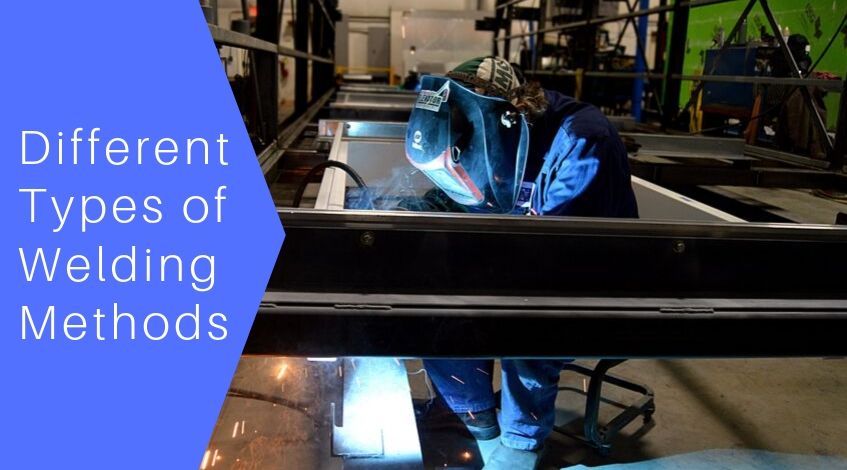
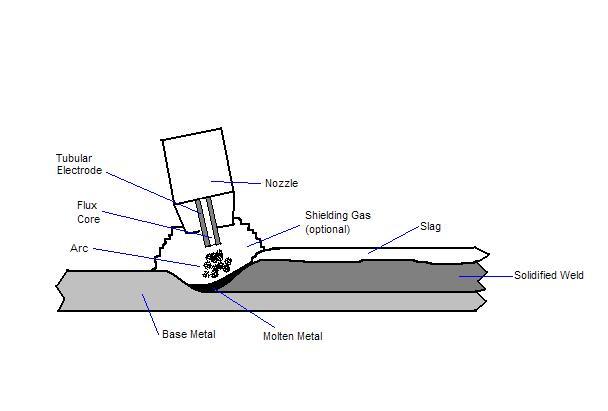

Great sir. Very interesting facts and nicely written.
Hey there, thanks a lot for this comment.